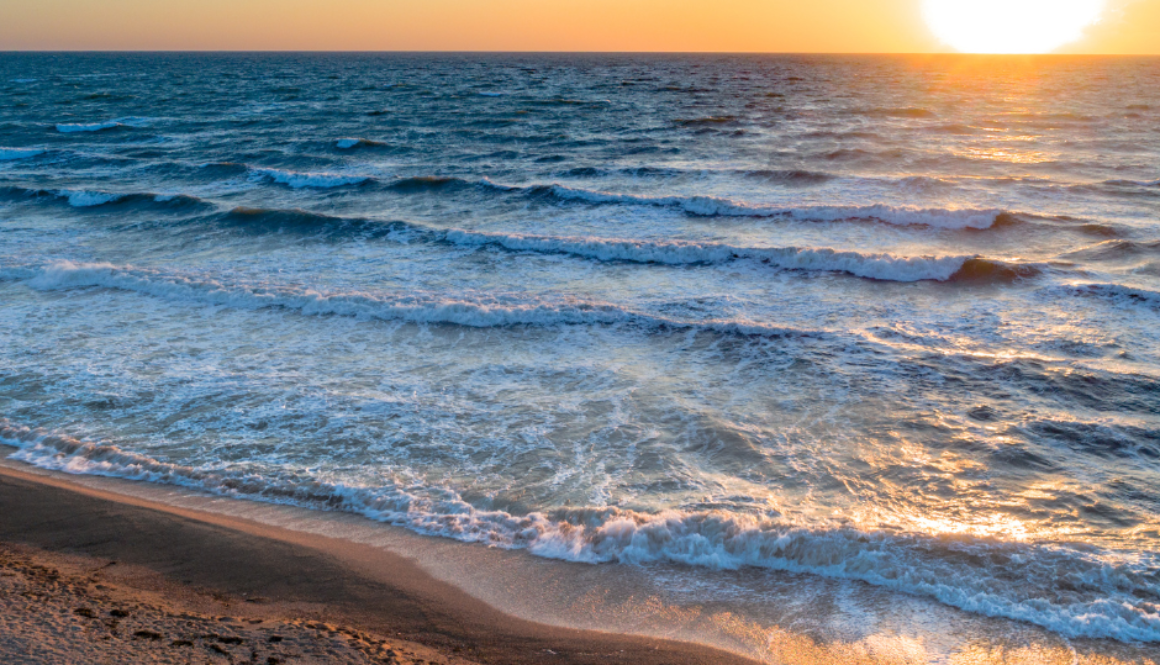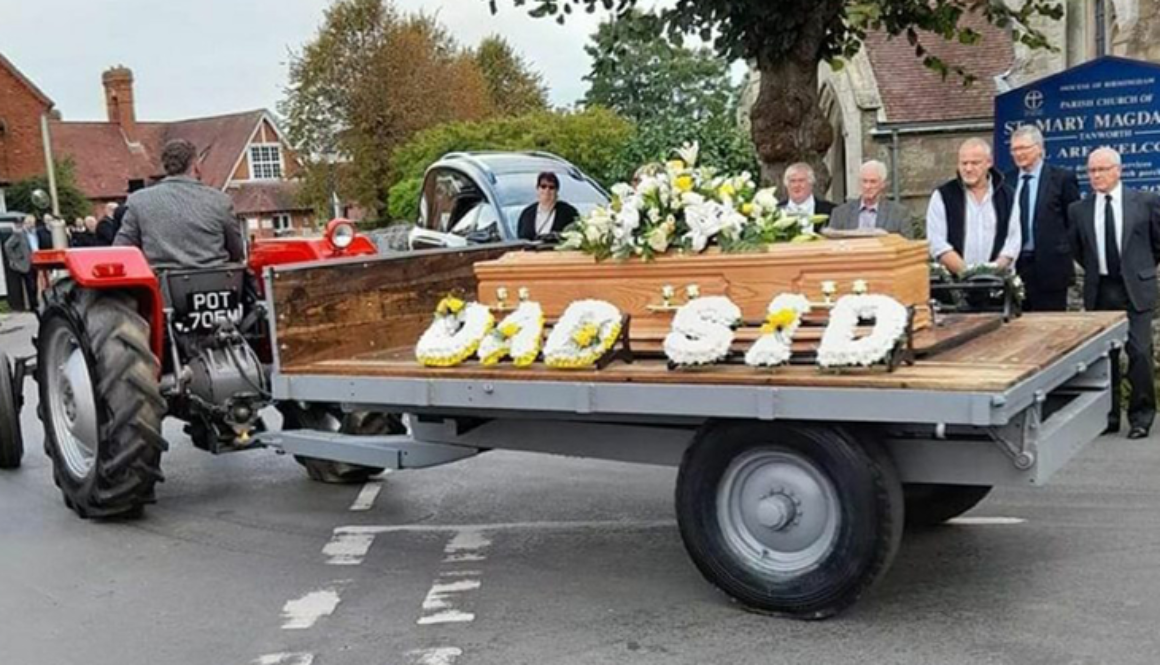10 Myths About Death & Funerals Part 2
6. It is completely legal for anyone to keep a body at home after death
This is TRUE. It’s clearly not for everyone and, in some circumstances may not be possible but, certainly for a short amount of time there may be many benefits that can really help some with the acceptance and grieving process. It may be just that you want to keep them at home for a short time to wash and dress them before you hand them over to the care of a funeral director.
You could also look at speaking with a soul midwife or death doula to find out what would be involved in keeping your loved one at home for more than 1-2 days. There are none in the Pembrokeshire area, but you may find some useful help here.
7. You don’t have to use a coffin
This is TRUE. You can use a shroud. In fact the Muslim community virtually always use shrouds and not coffins. If you’re going to be cremated you will also need a shroud board for the shrouded dead person to lie on as when they are ‘charged’ into the cremator. So, you need something with a solid base for the charger to push against.
8. You have to pay a fee to transport a body across a county line
This is FALSE. This used to be the case, and it is a myth that some older people still believe, but it’s now completely untrue. Obviously, if you’re using an funeral director, or driving your own car, there will be a bigger cost the further you travel because of the bigger mileage but not because you have to pay to cross into another county.
9. You pay a double/triple fee to bury someone if the cemetery is not in the area they live in
This is TRUE. This is due to lack of space and councils wishing to discourage burial. You can get round this as it can be based on where the person who died lived, or it can be based on whoever is signing the papers for the burial’s place of residence.
10. There are five places in the UK where you can be legally buried at sea
This is TRUE. Three in England – off the Isle of Wight, off Tynemouth, and in between Hastings and Newhaven. Two in Scotland – off Oban and John O’ Groats.
Anyone can be buried at sea, although it’s more complicated and more expensive than being buried on dry land. The navy carries out its own burials at sea for veterans who wish it. The person who is buried at sea must have an id tag attached to them, in case they drift. A special coffin is required for burial at sea – solid softwood, no plastic, lead, copper or zinc. There should be 200kg of weight attached to the bottom and holes drilled throughout to ensure it sinks. Francis Drake wore a suit of armour to be lowered into the sea in 1596, off the coast of Panama (he was dead, obviously!). If all this sounds a bit much, get cremated and have your ashes scattered at sea instead – no licence required just be mindful of the wind direction!
Read more – 10 Myths About Death & Funerals Part 1


